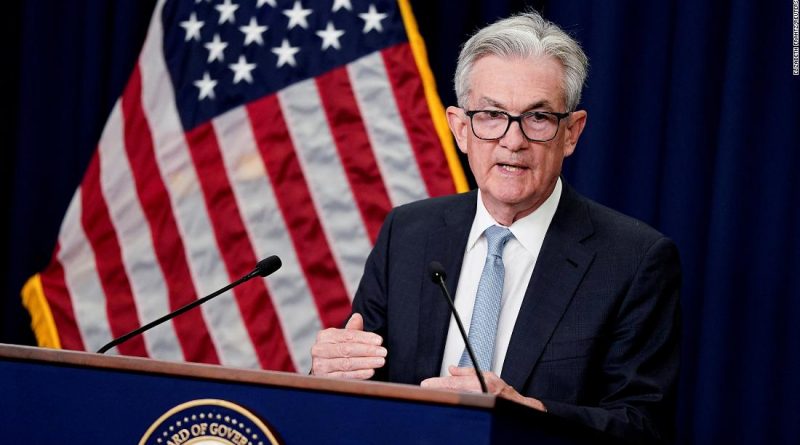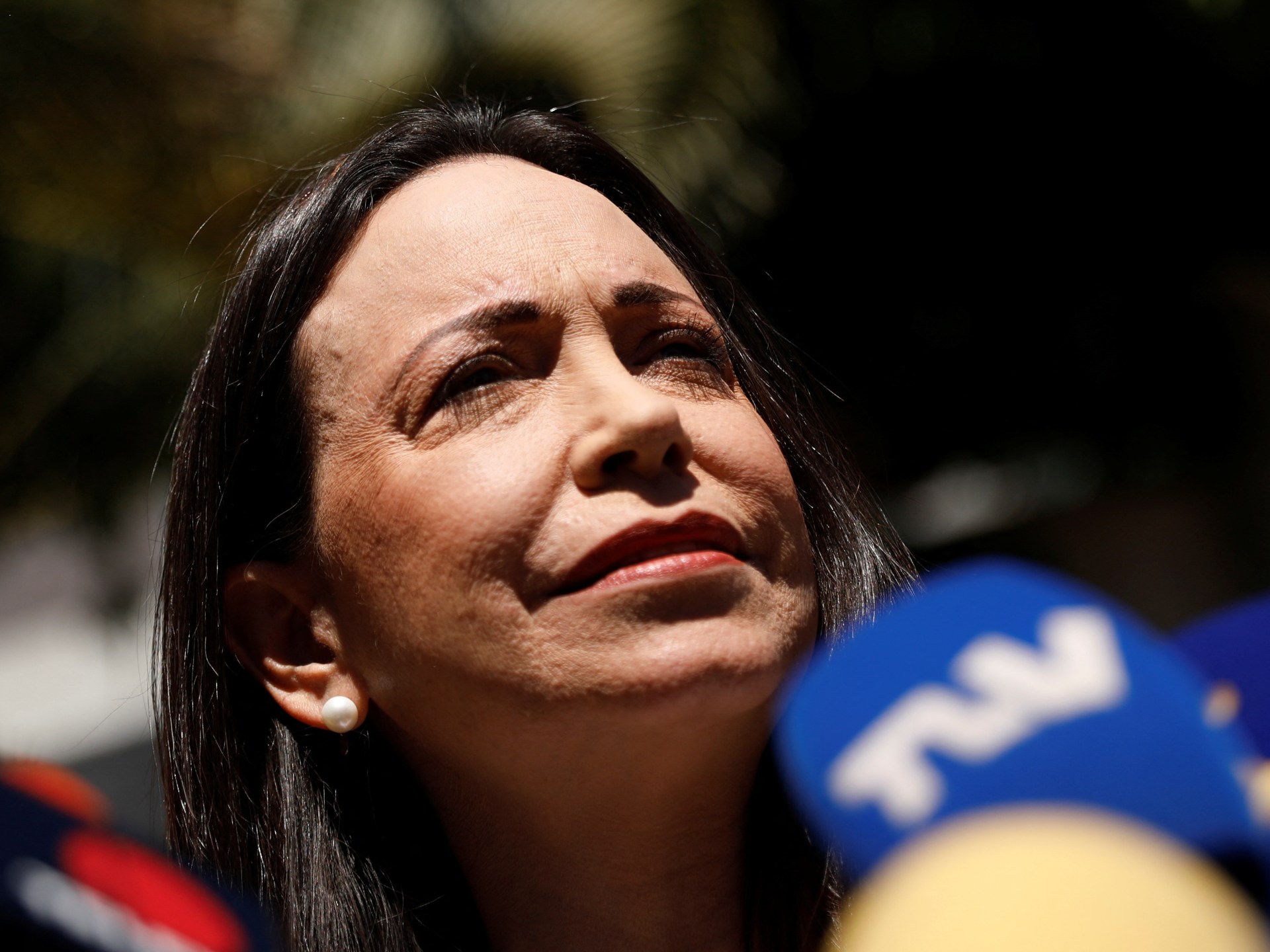Central banks are desperate to make up for past sins
“I do not expect moves of this size to be common,” Powell told reporters. Still, he left the door open for another hike of the same magnitude next month if the data doesn’t improve.
The Fed isn’t alone in trying to prove it’s on the ball.
Following the meeting, the ECB said it would accelerate work on new ways to reduce stress on such heavily indebted European countries as interest rates rise.
Investor insight: The central bankers managed to soothe markets on Wednesday. The S&P 500 finished 1.5% higher, breaking a five day losing streak. Yields on benchmark Italian and Greek bonds, which move opposite prices, fell back as selling pressure eased.
“The market seems happy at the moment,” said Jeffrey Frankel, co-president of Stuart Frankel & Co., a stock broker.
If the ECB had made clear at its meeting last week that it wouldn’t stomach “fragmentation” in Europe’s bond market — referring to rapid the run-up in Italian and Greek bond yields — it wouldn’t have had to correct course, according to Holger Schmieding, chief economist at Berenberg Bank.
The ECB clearly has the capacity to intervene as needed. But the communication slip-up could have lasting consequences, he argued.
“The ECB [on Wednesday] managed to reverse some of the sell-off,” he said in a note to clients. “But after the turmoil of the last few days, markets are now more nervous than before.”
Strategists are also worried that the Fed’s sharp rate hike could increase the odds of a US recession by rapidly slamming the brakes on growth.
“Inflation is strong and has not peaked, so Powell is backed into a corner,” said Kenny Polcari, managing partner at Kace Capital Advisors. “They should have been more aggressive earlier in the process.”
When will bitcoin’s sell-off bottom out?
The world’s most valuable cryptocurrency almost hit $20,000 on Wednesday. It’s lost around 70% of its value since it hit an all-time high in November last year, when it traded around $69,000.
Falling below the $20,000 barrier would be a sobering milestone for a market that boomed during the pandemic, analysts say.
“A move below $20,000 would be a massive psychological blow and could send bitcoin further into a tailspin,” said Craig Erlam, senior market analyst at Oanda, a foreign exchange firm.
Ether, the second-most valuable digital coin, has now lost almost 80% of its value since its November peak.
As central banks hike interest rates to bring inflation under control, traders have dumped riskier investments including volatile crypto assets.
“Crypto bear markets usually draw down between 85% and 90%,” said Jason Yanowitz, co-founder of Blockworks, a research platform for crypto investors.
During the downturn in 2017 and 2018, bitcoin plummeted 83%, from $19,423 to $3,217. It regained all those losses in late 2020 and surged in 2021.
“I really disagree with the folks who say there’s no way to recover from something like this,” Yanowitz said.
Consumer spending drops as inflation bites
Retail sales in May fell 0.3% compared with April, the first decline in spending this year, according to data released Wednesday.
Spending at gas stations rose 4% in May from April. It’s up 43% compared with a year ago, driven by surging prices at the pump. Spending at grocery stores, where prices are also increasing, rose 1.2% compared with April.
Spending at other retailers, meanwhile, was down 1% compared with the previous month.
“You see continuing shifts in consumption, you see some sales going down, but overall spending is really strong,” Powell said Wednesday. “The consumer is in really good shape financially.”
Remember: Households still have savings from the pandemic they can draw on to cushion the blow from high inflation. Compared to May 2021, retail sales are up 8.1%.
Up next
Kroger reports earnings before US markets open. Adobe follows after the close.
Initial US jobless claims for last week and May housing starts arrive at 8:30 a.m. ET.




